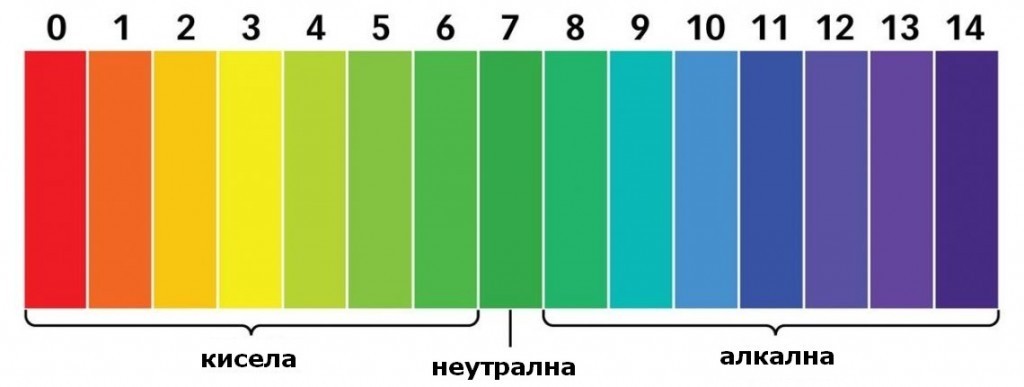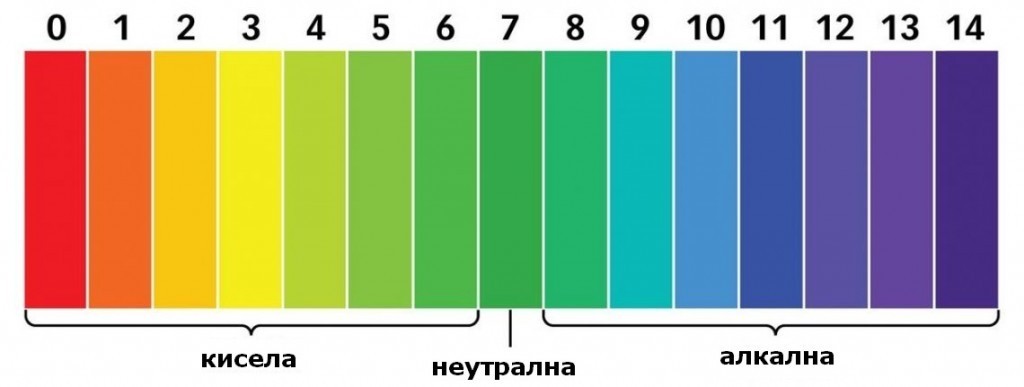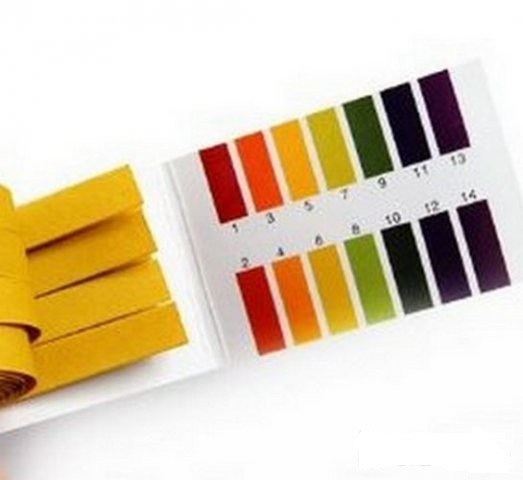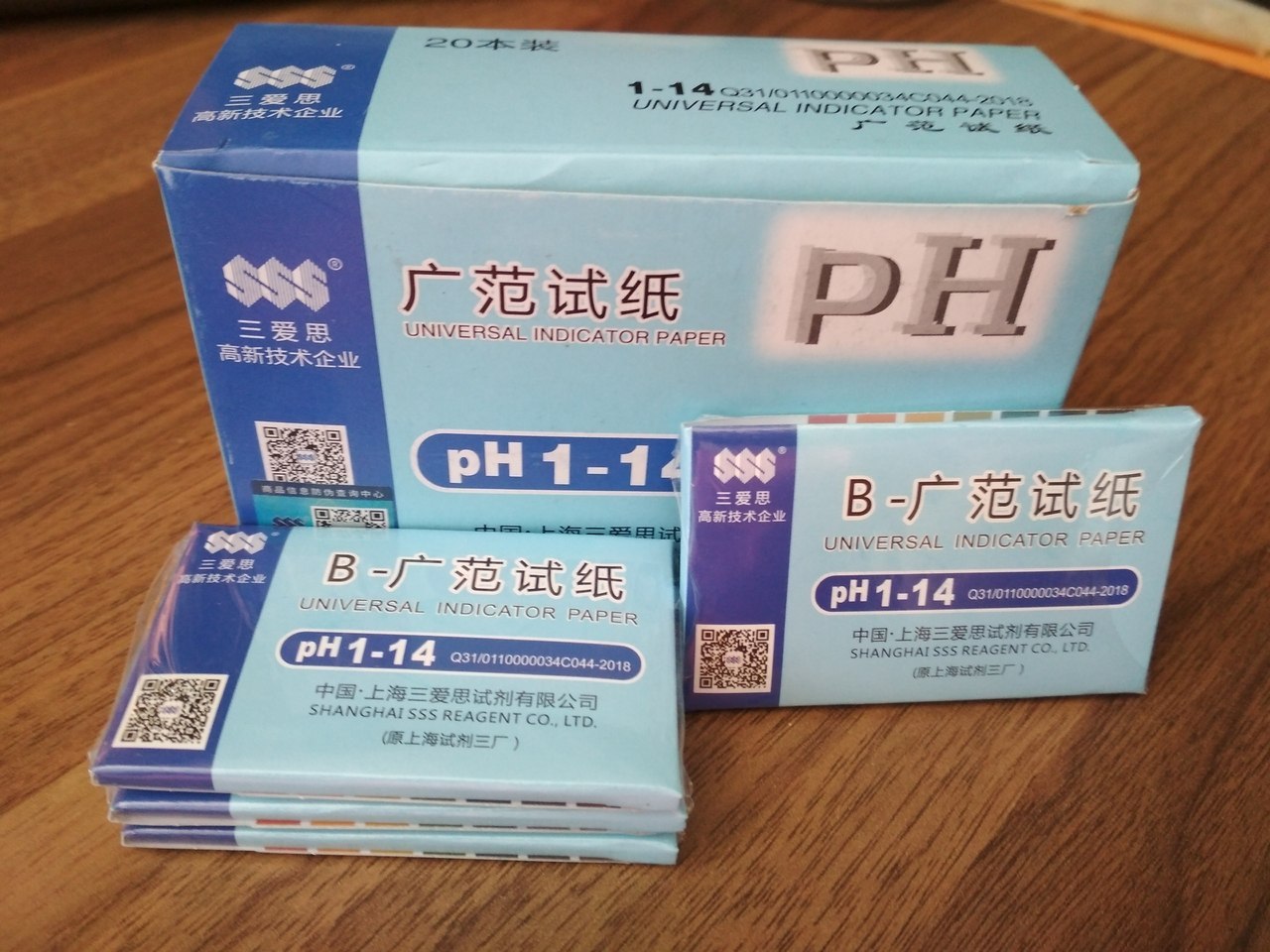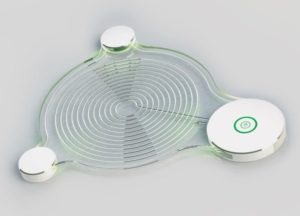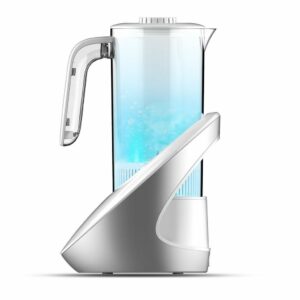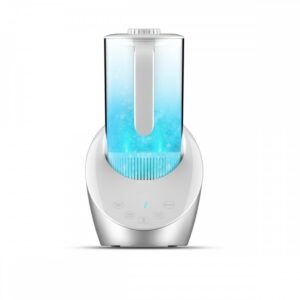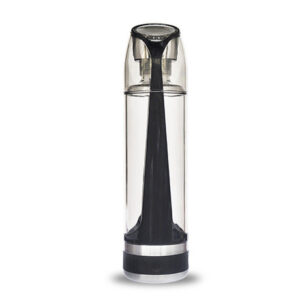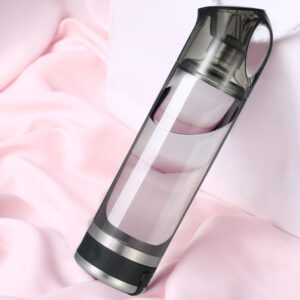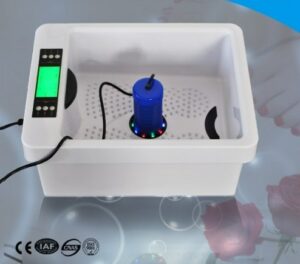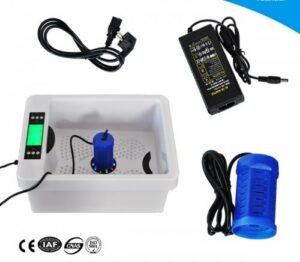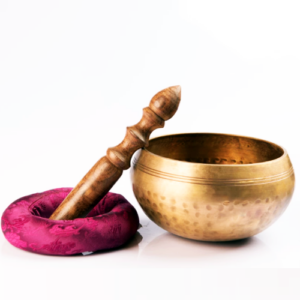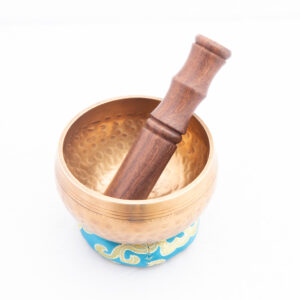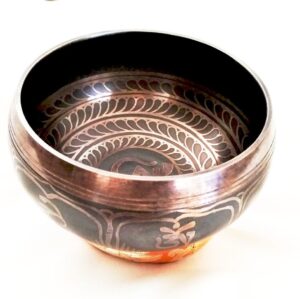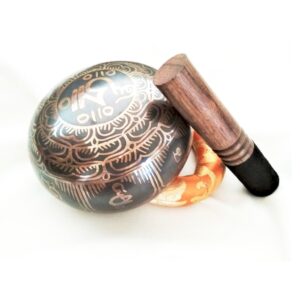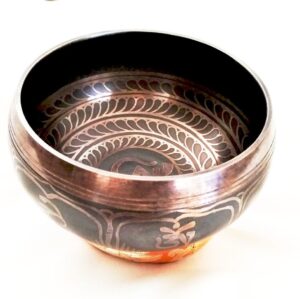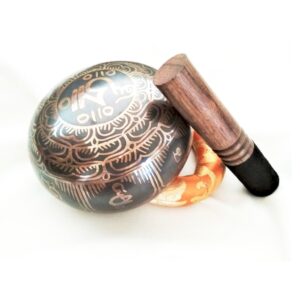Instructions for use
Dip the test strip into the substance you are going to test. After half a second, remove the paper. Using the color scale, compare the color change of litmus paper to find out the level of acidity.
1-6 Acid
7 Neutral
8-14 Alkaline
Note:
At a liquid density of less than 0.01%, the bands do not report alkalinity or acidity.
Keep the paper in a dry and ventilated place (+ 2 to + 30 ° C).
Why is pH measurement so important?
There is a strong link between the acid-base balance of the body and human health. pH paper strips will help you control the internal environment of your body and maintain good health. You can read more about how important it is to maintain the alkaline-acid balance of the body, as well as the impact of various foods we eat on balance. HERE:
Urine test
Examine the first and second urine of the day and record the mean. Apply the pH bar while urinating, shake off residual urine and wait 15 seconds. At pH 5 the urine is strongly acidic, at pH 7 it is neutral (neither acidic nor alkaline), and at pH 9 it is strongly alkaline.
Examination of saliva
Take a test two hours after eating. Spit out saliva in a plastic spoon, dip the pH strip and wait 15 seconds. Do not put the pH strips directly in the mouth!
The pH of saliva gives us information about the overall pH balance in our body.
There is more acid in saliva than in the blood, but it is a mirror of the blood, excluding the moments around eating, and is a pretty good indicator of the condition of the body.
After eating, the pH of saliva usually rises to 7., ie or more, it becomes more alkaline. If this does not happen, then your body suffers from a lack of alkaline minerals, mainly calcium and magnesium, and will not absorb food properly. Prolonged deviation from normal pH causes disease.
If the pH of your saliva is between 6.8 and 7.2+ throughout the day, then your body is working within normal limits for health.
The lower your pH value is 7.0, the higher the degree of acid overload. Check and record your pH for a few weeks - in the morning, as soon as you get up, in the afternoon and evening, before bed. This way you will see how the curve of your pH changes.
In most children, the litmus is colored light green, pH 7.5. In more than half of adults - in green-yellow, pH 6.5 or lower, due to calcium deficiency and lifestyle.
Diseases at acidic pH
In cancer patients, the paper is usually colored yellow, pH 5. Cancer cells cannot exist in an alkaline environment. All forms of arthritis are also associated with excess acidity.
Virtually all degenerative diseases, including cancer, osteoporosis, arthritis, heart disease, kidney and gallstones, caries are associated with excess acidity in the body.

